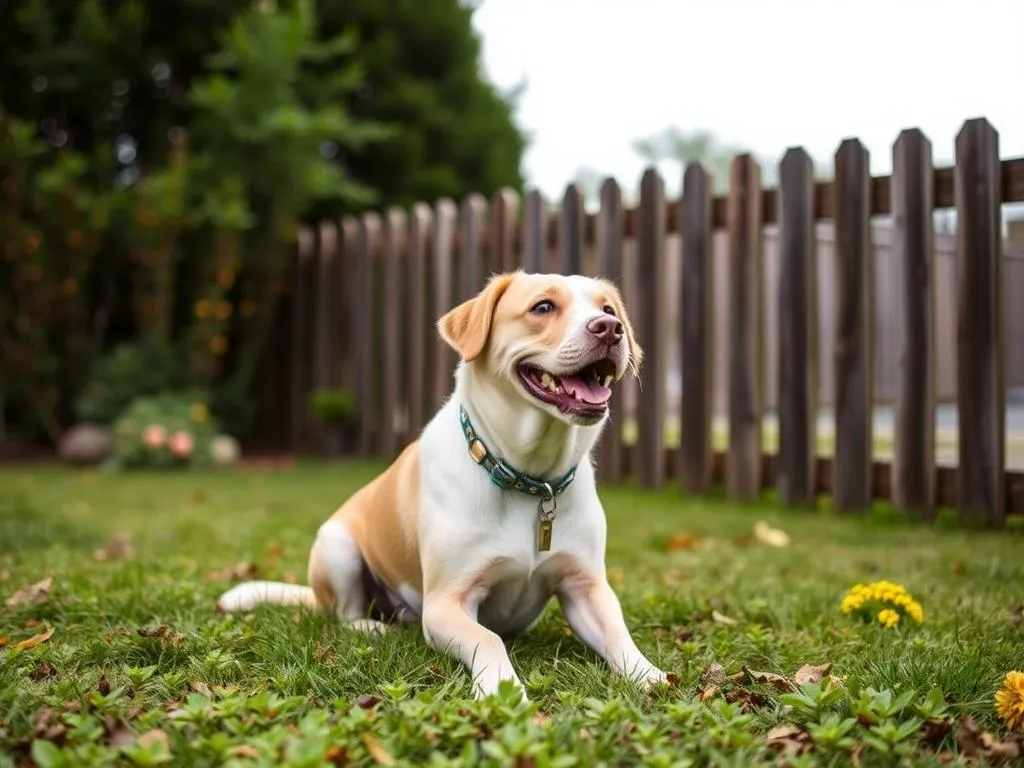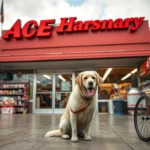
Introduction
Having a fence is crucial for ensuring your dog’s safety and providing them with the freedom to roam and play in your yard. A well-constructed fence not only keeps your furry friend secure but also enhances their quality of life, offering them a space to explore without the constant worry of running into traffic or getting lost. For dog owners, a fence can provide peace of mind, knowing that their beloved pets are protected. In this article, we will explore the things to consider when getting a fence for your dog, covering essential aspects such as assessing your dog’s needs, types of fences, legal considerations, budgeting, installation, safety features, and maintenance.
Assessing Your Dog’s Needs
Dog Size and Breed
One of the first things to consider when getting a fence for your dog is their size and breed. Different breeds have varying physical abilities and needs. For example, larger breeds may require taller fences to prevent them from jumping over, while smaller breeds may not need as high a barrier. Additionally, certain breeds, such as Greyhounds, are known for their incredible jumping abilities, necessitating a fence that can withstand their athleticism.
Energy Level and Behavior
Your dog’s energy level and behavior play a significant role in determining the type of fence you need. Active dogs, like Border Collies or Jack Russell Terriers, may require more robust fencing solutions that can withstand their enthusiasm and energy. In contrast, more laid-back breeds, such as Bulldogs or Basset Hounds, may be satisfied with a simpler barrier. Understanding how your dog interacts with their environment will guide you in selecting the appropriate fencing option.
Training and Socialization
Another important factor is your dog’s training and socialization. A well-trained dog that responds to commands may require less restrictive fencing compared to a dog that is still learning boundaries. If your dog is prone to digging or has a history of escaping, you may need a more secure fencing solution. Evaluating your dog’s training can help you determine the most suitable option for their safety.
Types of Fences
Traditional Fencing
When considering traditional fencing options, you have several materials to choose from, including wood, vinyl, and chain-link. Each material has its pros and cons:
- Wood Fencing: Offers a classic look and good privacy but may require more maintenance over time.
- Vinyl Fencing: Durable and low-maintenance, this option is resistant to weather and pests, but it can be more expensive upfront.
- Chain-Link Fencing: Cost-effective and easy to install, but it offers less privacy and may not deter all dog breeds.
Choosing the right traditional fencing material is an essential step in your decision-making process.
Invisible Fences
Invisible fences are another option to consider. These systems use a buried wire to create a boundary, and your dog wears a collar that emits a warning sound or mild shock when they approach the perimeter. While invisible fences can be effective for some dogs, it’s important to note that they do not physically contain your dog. Some dogs may learn to ignore the warning signals, leading to potential escape.
Electric Fences
Electric fences are often confused with invisible fences, but they work differently. Electric fences consist of a physical barrier that delivers a mild shock if the dog attempts to cross the boundary. While this method can be effective in deterring escape attempts, it raises concerns regarding animal welfare and may require additional training to ensure your dog understands the boundaries.
Temporary and Portable Fences
Temporary or portable fences can be ideal for various situations, such as travel or rentals. These fences are easy to set up and take down, making them a flexible option for dog owners who need a temporary solution. However, keep in mind that they may not provide the same level of security as permanent fencing options.
Legal and Zoning Considerations
Local Ordinances
Before installing a fence, it’s crucial to familiarize yourself with local ordinances regarding fencing. Many municipalities have regulations concerning fence height, type, and placement. Understanding these regulations can save you from potential fines and ensure compliance with local laws.
Homeowner Association Rules
If you live in a neighborhood governed by a homeowner association (HOA), it’s essential to review their rules before proceeding with your fencing project. HOAs often have specific guidelines about fence styles, colors, and materials. Checking these guidelines will help you avoid conflicts with your neighbors and maintain harmony within your community.
Budgeting for Your Fence
Initial Costs
When budgeting for your fence, it’s essential to account for initial costs, which can vary significantly based on the type of fence you choose. For example, traditional wood fencing may cost between $15 to $30 per linear foot, while vinyl fencing can range from $20 to $40 per linear foot. Chain-link fencing is often the most budget-friendly option, averaging around $10 to $20 per linear foot. Don’t forget to factor in additional expenses such as labor, permits, and any necessary materials.
Long-term Maintenance
In addition to initial costs, consider the long-term maintenance associated with your chosen fence. Wood fences may require regular staining or painting to maintain their appearance and protect them from the elements, while vinyl and chain-link fences generally need less upkeep. Budgeting for repairs, cleaning, and upkeep will help you maintain your fence’s longevity.
Cost vs. Benefits
Evaluating the cost versus the benefits of investing in a quality fence for your dog’s safety is essential. While upfront expenses may be higher for certain types of fencing, the peace of mind and protection it offers to your pet can make it a worthwhile investment in the long run.
Installation Considerations
DIY vs. Professional Installation
When it comes to fence installation, you’ll need to decide between a DIY project or hiring a professional. DIY installation can save you money, but it requires time, effort, and some level of skill. On the other hand, professional installation ensures that the job is done correctly and quickly, but it may come with higher costs. Weighing the pros and cons of each approach will help you make an informed decision.
Timing and Seasonal Considerations
Timing can play a significant role in your fencing project. The best times of year to install a fence typically fall in the spring and fall when the weather is mild. Installing during extreme temperatures can lead to complications, such as difficulty digging in frozen ground or dealing with muddy conditions. Planning your installation for a suitable season will make the process smoother and more efficient.
Safety Features and Enhancements
Fence Height and Depth
One of the critical things to consider when getting a fence for your dog is the height and depth of the fence. A minimum height of four to six feet is generally recommended for most breeds to prevent them from jumping over. Additionally, digging is a common escape method, so ensure the fence is buried at least one foot deep or has an underground barrier to deter this behavior.
Gates and Latches
Gates and latches are crucial components of your fence. Make sure to choose sturdy gates that can withstand your dog’s attempts to escape. Secure latches that cannot be easily manipulated by your dog are essential for ensuring their safety. Consider installing double gates or self-closing gates for added security.
Additional Safety Measures
To enhance the safety of your fencing solution, consider additional measures such as landscaping or signage. Planting thorny bushes along the fence line can deter digging, while signage can inform visitors of your dog’s presence and remind them to close gates securely.
Maintenance and Care
Regular Inspections
Regular inspections of your fence are vital for identifying any wear and tear that may compromise its integrity. Check for loose boards, rusted hardware, or signs of rot or decay. Addressing these issues promptly will help extend the life of your fence and ensure your dog’s safety.
Cleaning and Upkeep
Maintaining the appearance and functionality of your fence is also important. Depending on the material, you may need to clean it periodically to remove dirt, debris, and potential stains. For wood fences, consider power washing and applying sealant every few years to keep it looking its best. Vinyl and chain-link fences may require less frequent cleaning but still benefit from occasional maintenance.
Conclusion
In conclusion, choosing a fence for your dog is a significant decision that involves various things to consider. From assessing your dog’s needs and exploring different types of fences to understanding legal requirements and budgeting effectively, each element plays a crucial role in ensuring your pet’s safety and happiness. Take your time in selecting the right fence that suits both your dog’s needs and your lifestyle. With careful planning and consideration, you can create a secure and enjoyable environment for your furry friend.









